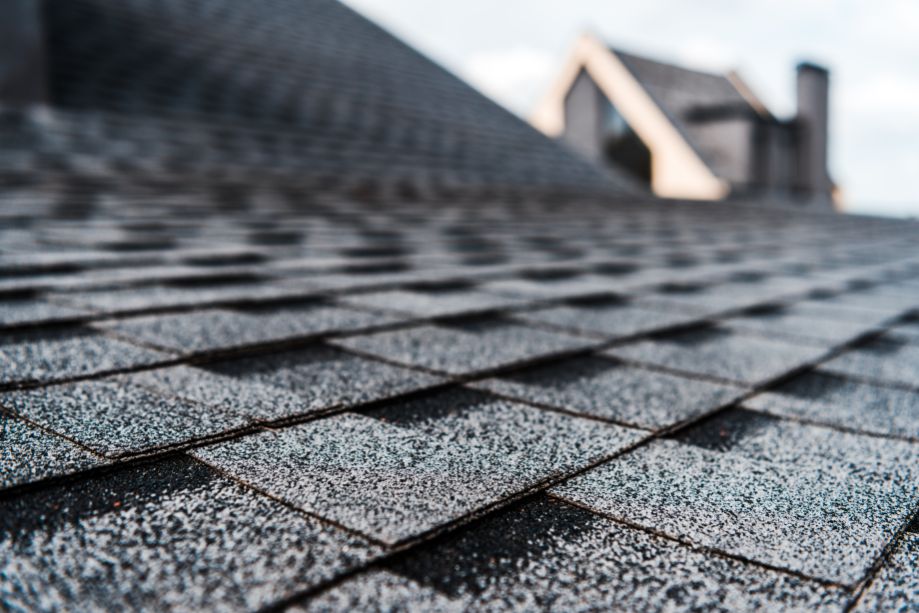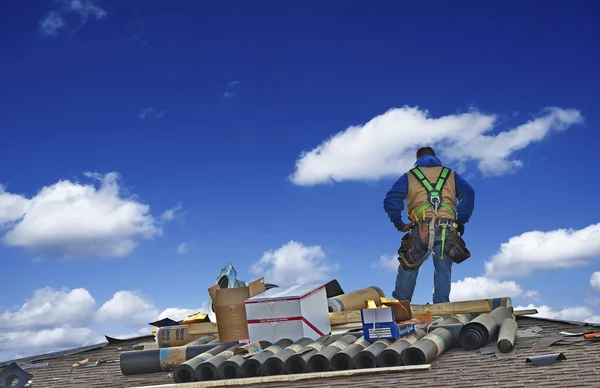When your roof starts to show signs of age such as shingle loss, mold growth or consistent leaks, you may be thinking about having it replaced. While many homeowners believe that roof replacement means completely stripping away the existing shingles, this is not always the case. In fact, if the sheathing and shingle structure are still in good shape, some roofers will apply a new layer of shingles directly over the existing roof. This method is quick, cost effective and can save you money on a roof replacement.
However, applying a second layer of shingles to your roof is not without its risks. It can put too much weight on the underlying roof and structure, which can lead to damage. It can also affect the holding power of the roofing nails and speed up the deterioration of the existing shingles.
In addition, building codes typically limit shingle layers to two. If you decide to add a third layer of shingles, this can increase the overall weight of the roof and potentially violate building codes. Furthermore, the additional weight can strain the roof rafters. In fact, a single shingle can weigh up to sixty-five pounds so adding another layer can significantly increase the weight of your roof and cause strain on the rafters.
As a result, the rafters can start to buckle and move around. This can eventually lead to a number of problems including cracking and warping in the walls of your home. It can also create a weak point in your roof and make it easier for water to leak into your house.
Moreover, the added weight can also cause damage to the sheathing and wood framing of your roof. This can be a serious problem, especially if the sheathing or wood framing is already weakened by old age or storm damage. In addition, the extra weight can also make it more difficult for your roof to withstand heavy snow and wind.
Another reason to avoid a roof overlay is that it can look lumpy and ugly on your house. Moreover, it can make your home less attractive and may be a turn off for potential buyers when you are ready to sell. Finally, if your roof has a warranty on it, it is important to consult with the manufacturer about whether or not an overlay will affect the shingle warranty.
Adding a layer of shingles to your roof can be a smart decision in some cases, but it is crucial to understand the consequences of doing so and to check with a professional lone star roofing page to ensure that your roof and structure are strong enough for an overlay.
If you are planning on re-roofing your home, keep in mind that it is better to stick with the rules than risk structural and financial trouble down the road. By following these guidelines, you can be sure that your new roof will last for the rest of its lifespan and protect your property from the elements.



